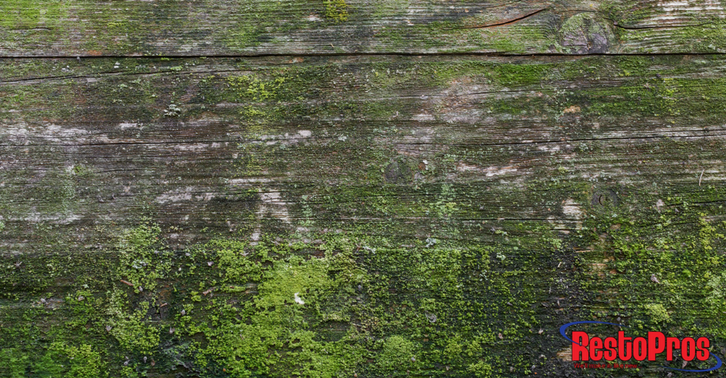 This world contains many different kinds of molds and fungi. They come in a wide range of colors, though mostly what we find in our homes are black, brown, green, and white molds (or a variation of these colors). While many people are fearful of the effects of black mold (stachbotrys), this mold is actually green and black. In fact, there are so many green molds that, unless you’re a mycologist, you probably won’t be able to tell the difference. This doesn’t mean it’s ok to have green mold in your home. Some green molds are hazardous, especially for those with pre-existing respiratory issues.
This world contains many different kinds of molds and fungi. They come in a wide range of colors, though mostly what we find in our homes are black, brown, green, and white molds (or a variation of these colors). While many people are fearful of the effects of black mold (stachbotrys), this mold is actually green and black. In fact, there are so many green molds that, unless you’re a mycologist, you probably won’t be able to tell the difference. This doesn’t mean it’s ok to have green mold in your home. Some green molds are hazardous, especially for those with pre-existing respiratory issues.
Common Types of Green Mold
Aspergillus – This mold is fairly common and can be green, yellow, brown, or white. While most people are usually unaffected by it, this mold can cause sickness especially in those with respiratory illnesses or allergies. It’s commonly found on and inside of walls.
Cladosporium – Green, brown, or grey, this hardy mold can live in cool environments as well as warm ones. It still requires damp conditions and is often found on walls, cabinets, or damp carpets.
Penicillium – The family of molds that Penicillin was derived from. Penicillium is often a bluish-green color, and can be found growing on carpets, insulation, and mattresses when they are wet or damp.
Mold Inspection
After a leak is discovered, or a spot of mold is found, the first step is to search your house to see how big the infestation is. Mold growth in excess of 3 feet will likely require professional assistance.
You know to check the problem locations: the utility closet, the bathroom, and the basement. But there are other places where mold is not only surprisingly common, but often grows unchecked. After storms, humid days, damaged plumbing, or even just once a month you should do a quick inspection of all these special hiding places to make sure you don’t have secret mold hiding away.
- Chimneys
- Windowsills and under Sink Cabinets
- On Dishes
- Washing Machine (doors, detergent chamber)
- HVAC Drain Pans
- Carpets and Carpet Mats
- Inside Walls
Mold Remediation
For larger infestations, professional assistance should be sought after, but for smaller mold growths it’s possible to take care of the issue yourself.
First, remove the source of water. Stop the excess condensation, the dripping pipe, or the leaking roof that led to the humidity increase in the first place. Clearing away the existing mold won’t help at all if the source of moisture isn’t dealt with first.
Always wear gloves, goggles, and a mask to protect yourself from mold spores.
Use warm, soapy water to wash away the mold. Never reuse a sponge used to clean up mold. Clean any rags and dispose of water away from your home.
Use a spray bottle with a solution of 1 part vinegar to 3 parts water and spray the cleaned area to kill off any surviving mold spores.
Dry the affected area. Place a fan or dehumidifier in the area to dry off the surface where the mold was present.
While you can never fully remove mold from your home, you can prevent, stop, or impede the growth of mild by keeping humidity levels at roughly 45% and circulating air throughout the home using fans.
Don’t forget to follow RestoPros on Facebook, Twitter, LinkedIn, and Google+ for new Updates, News, and Discounts.
